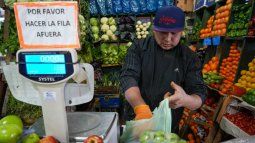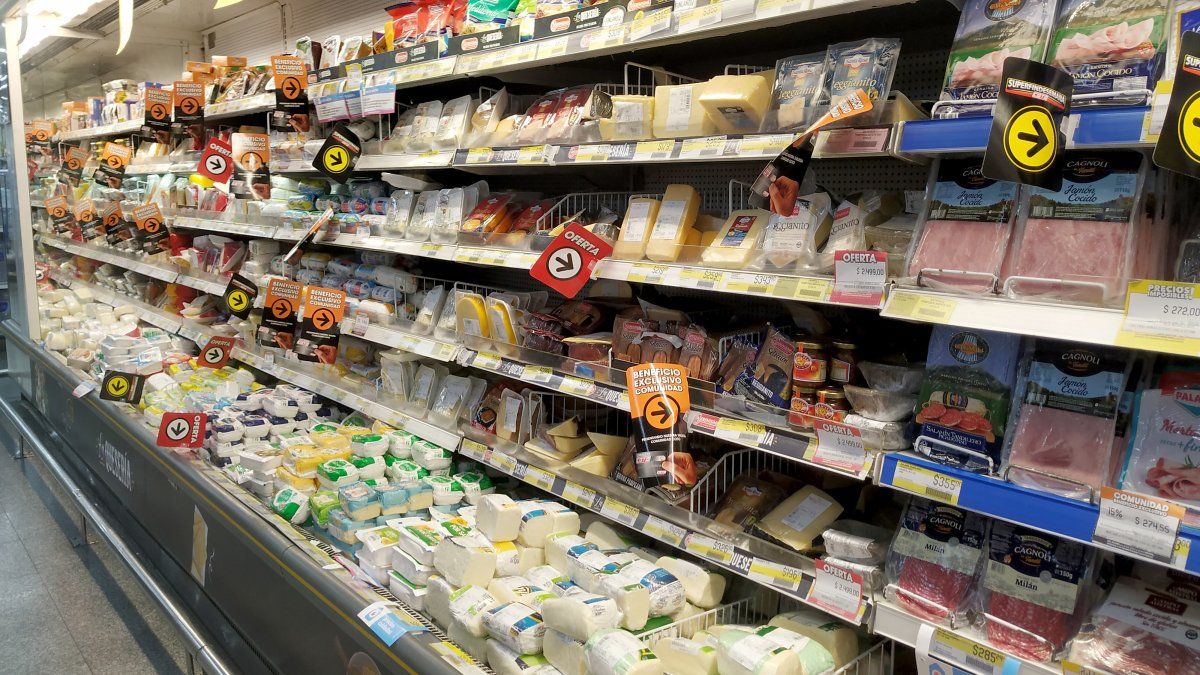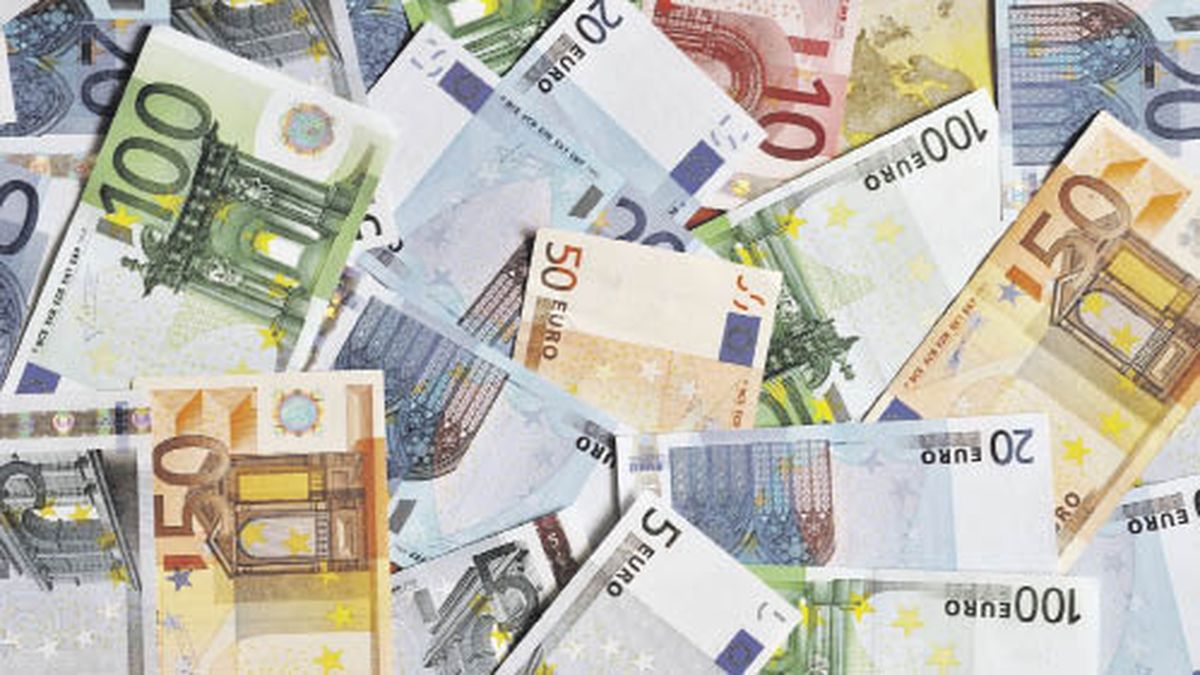After the STEP, the Government validated a devaluation of the official exchange rate that was quickly transferred to prices. Thus, food suffered sharp increases. What can we expect going forward?
One day after Javier Milei emerged as the winner in the PASO as a candidate for president for Libertad Avanza, the Government validated a 22% devaluation of the official exchange rate that was quickly transferred to prices. Last week Ambit consulted with eight consultants which revealed that heInflation in August will be between 10% and 15% per month. In turn, food would have rises of more than 12%.
The content you want to access is exclusive to subscribers.
A report of the LCG consultancy corresponding to the third week of august accessed by this medium indicated that food rose an average of 4.1% the week after the STEP, which implied an acceleration of 1.9 percentage points with respect to the previous one. In turn, the food and beverage index presented monthly inflation of an average of 8.8% in the last 4 weeks and 10.7% end to end in the same period. So far this month it accumulates 7.5% inflation.


According to this same report bakery products, cereals and pasta rose 20.5%followed by vegetables with 14.1%, beverages and infusions with 8.8%, condiments (+7.3%), sugar, honey and cocoa (+7%), meats (+5.8%), ready-to-go meals (+5.6%), dairy products and eggs (+4.3%), oils (+4.3%), and fruits (+1.2%). It should be noted that this measurement takes into account the last week of July and the first three weeks of August.
For its part, a report Eco Go consultancy revealed that the third week of August the food had an average increase of 4.8% compared to the previous week. “With this data and projecting a variation of 4% and 2.5% for the last weeks of the month, inflation for food consumed outside the home would climb to 12.2% monthly” indicated eco go. For this measurement inflation for the month would be at 11.5% per month; a jump of 5.2 points with respect to the previous measurement.
“The price of meat registered an increase of 9% during the week.”Beef stood out with an increase of 10.5%, driven by rear (+10.4%) and front (+10.8%) cuts. Pork meat, for its part, also marked a significant increase and stood at 11.5% above the previous week. Chicken showed a somewhat lower rise, registering an increase of 7.5%,” revealed Eco Go.
For his part, Camilo Tiscornia, from the firm C&T, in a note published last week in this same medium anticipated that the food “They are already rising to double digits: they increased by 11% in the third week of August against the same week in July”. A fact that, according to him, could lead to double-digit inflation this month.
It should be noted that, given the strong increases, The Government agreed with more than 340 companies on a price schedule than in mass consumption. Regarding price agreements with supermarkets and wholesalers, there are 52,300 products, with staggered increases of 5% per month for the next 90 dayswhose list has not yet been released.
On what may come and if the price agreement could moderate the rise in food, the economist rocio bisangexplained in dialogue with Ambit“I think it can contribute a bit, but very marginally. Today one of the factors that is putting strong pressure on food inflation is meat (which is recovering from several months of delay) and there are still no agreements with this sector“.
for his part to Matías De Luca economist at LCGalso in dialogue with this medium, said that “you have to see what percentage of the basket they reach with the agreement. In any case, in a context of such high inflation, putting a price control only serves to postpone the price correction”.
Source: Ambito




